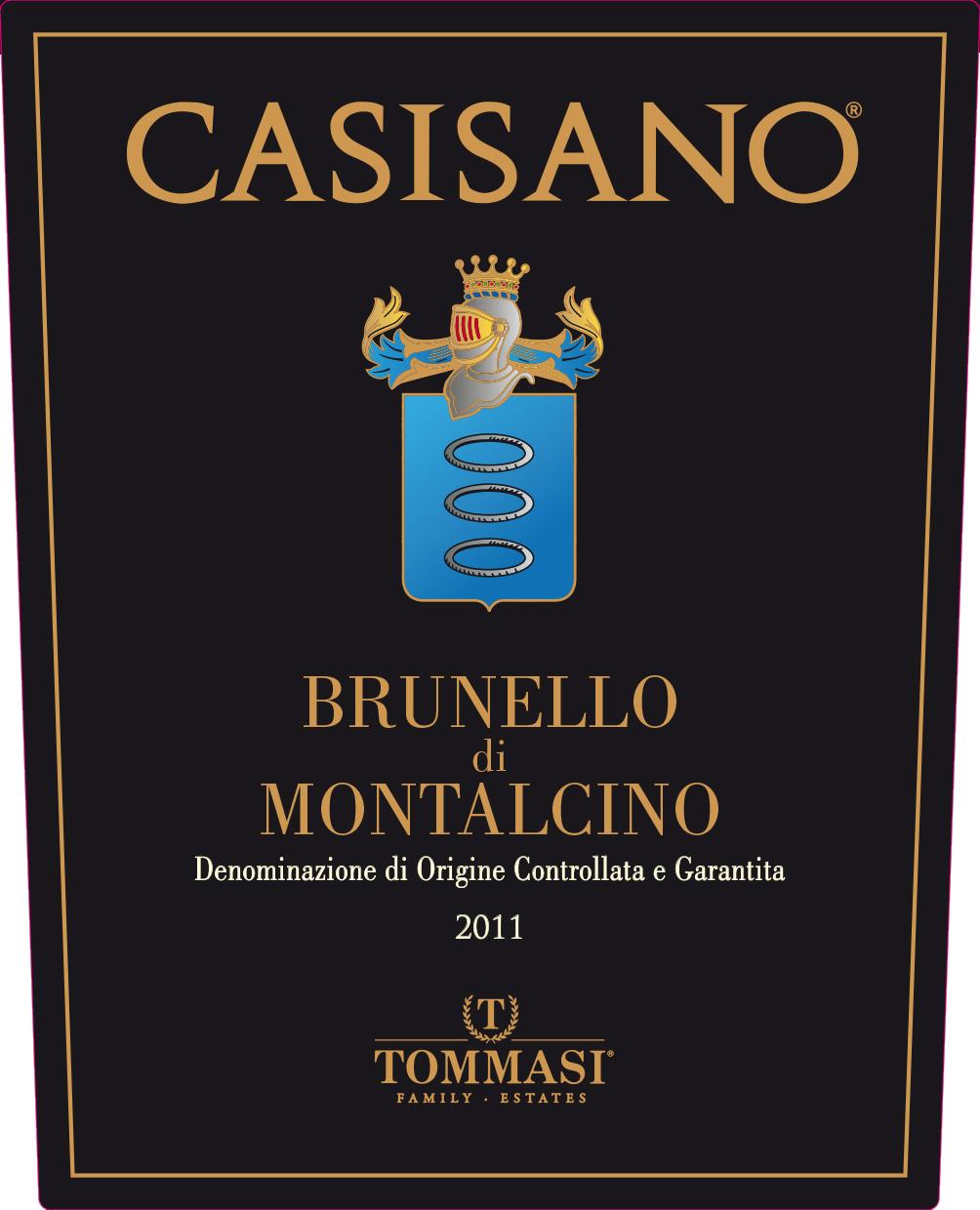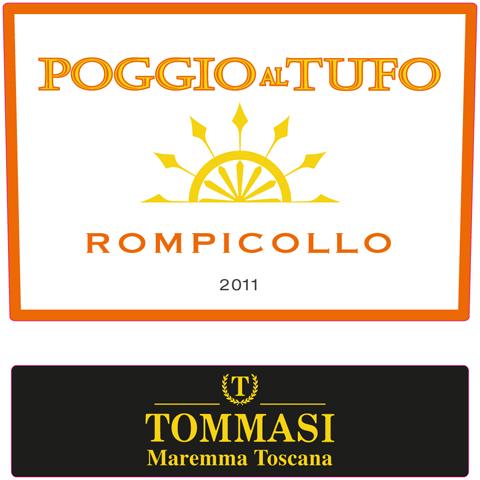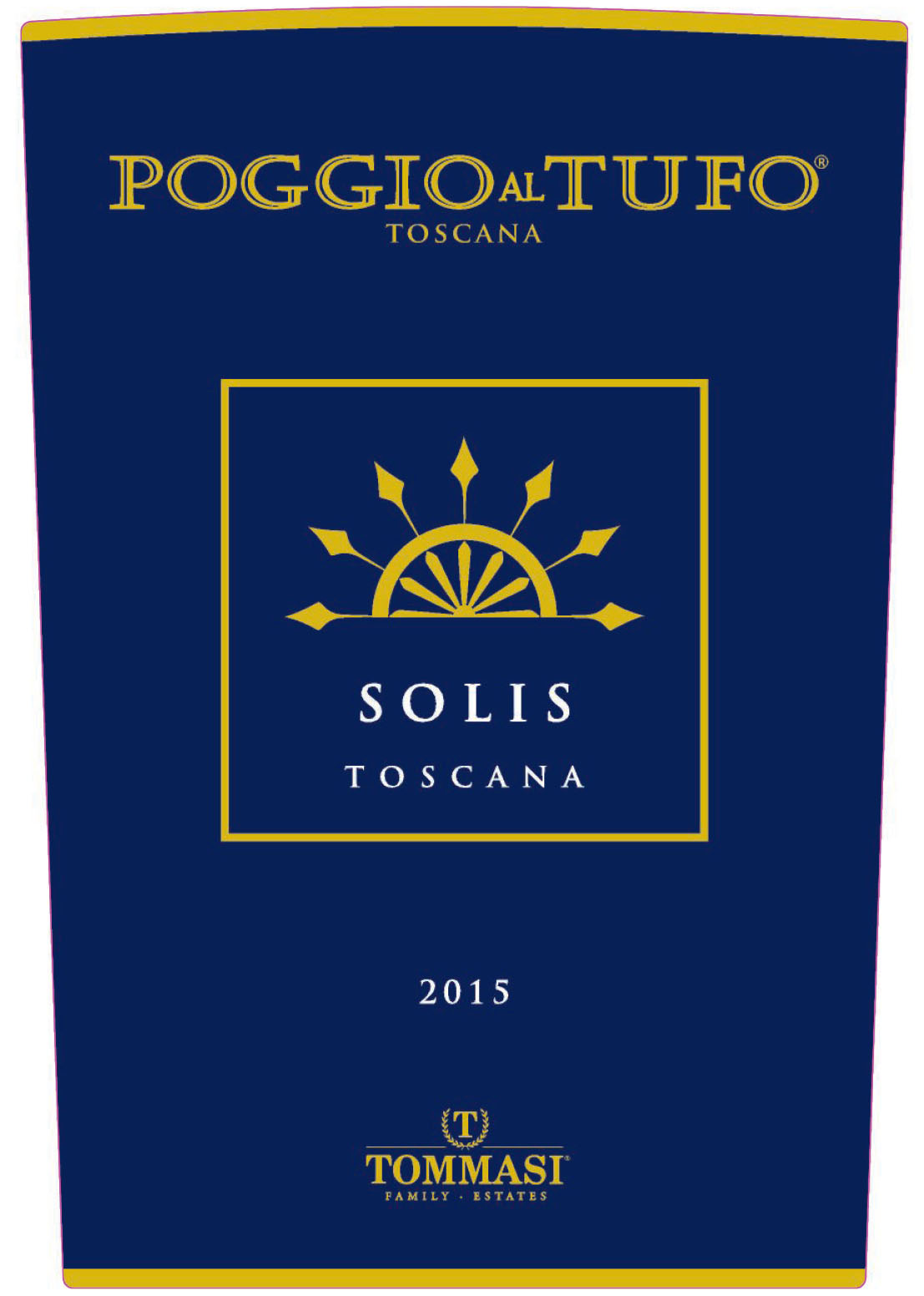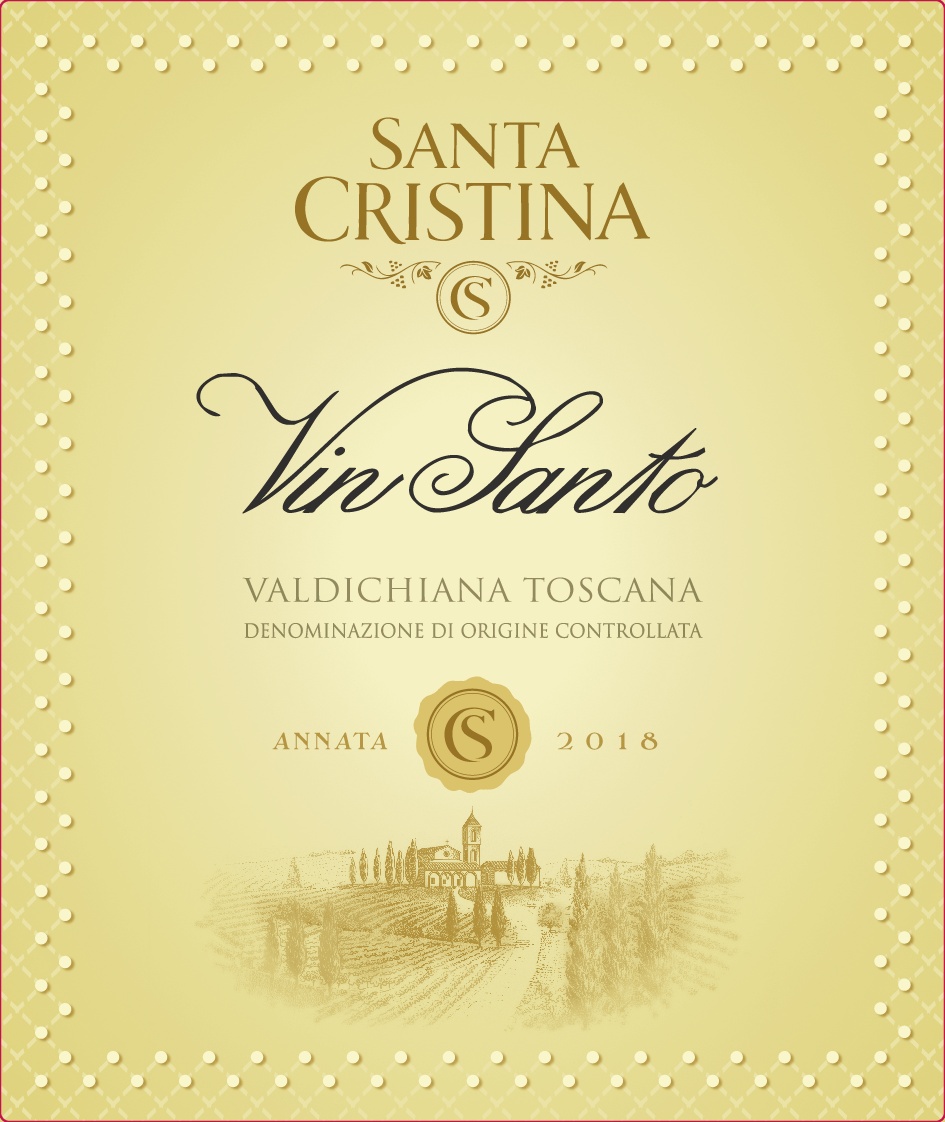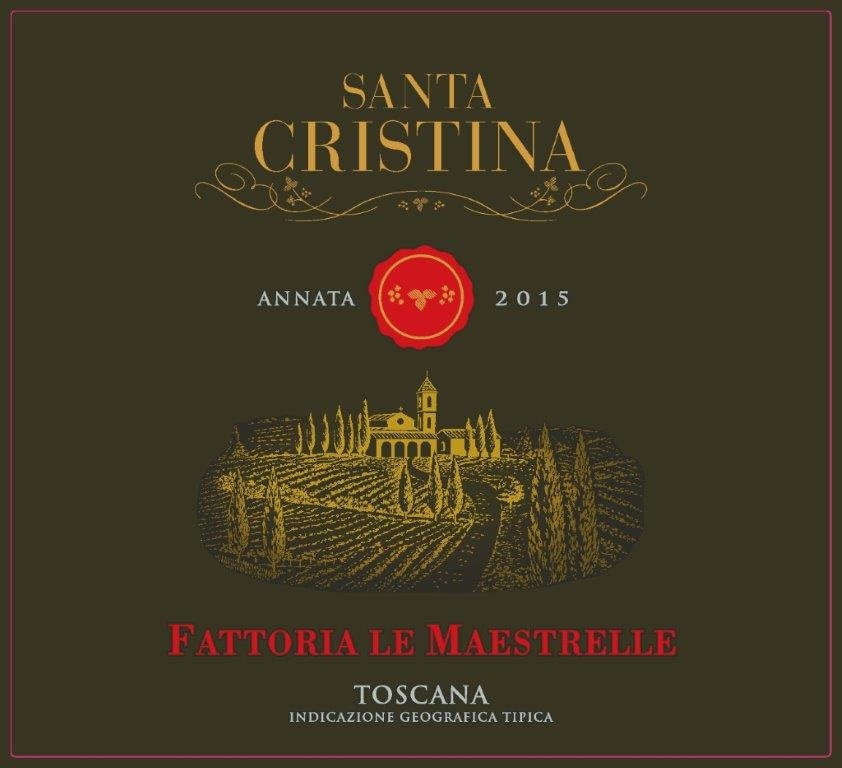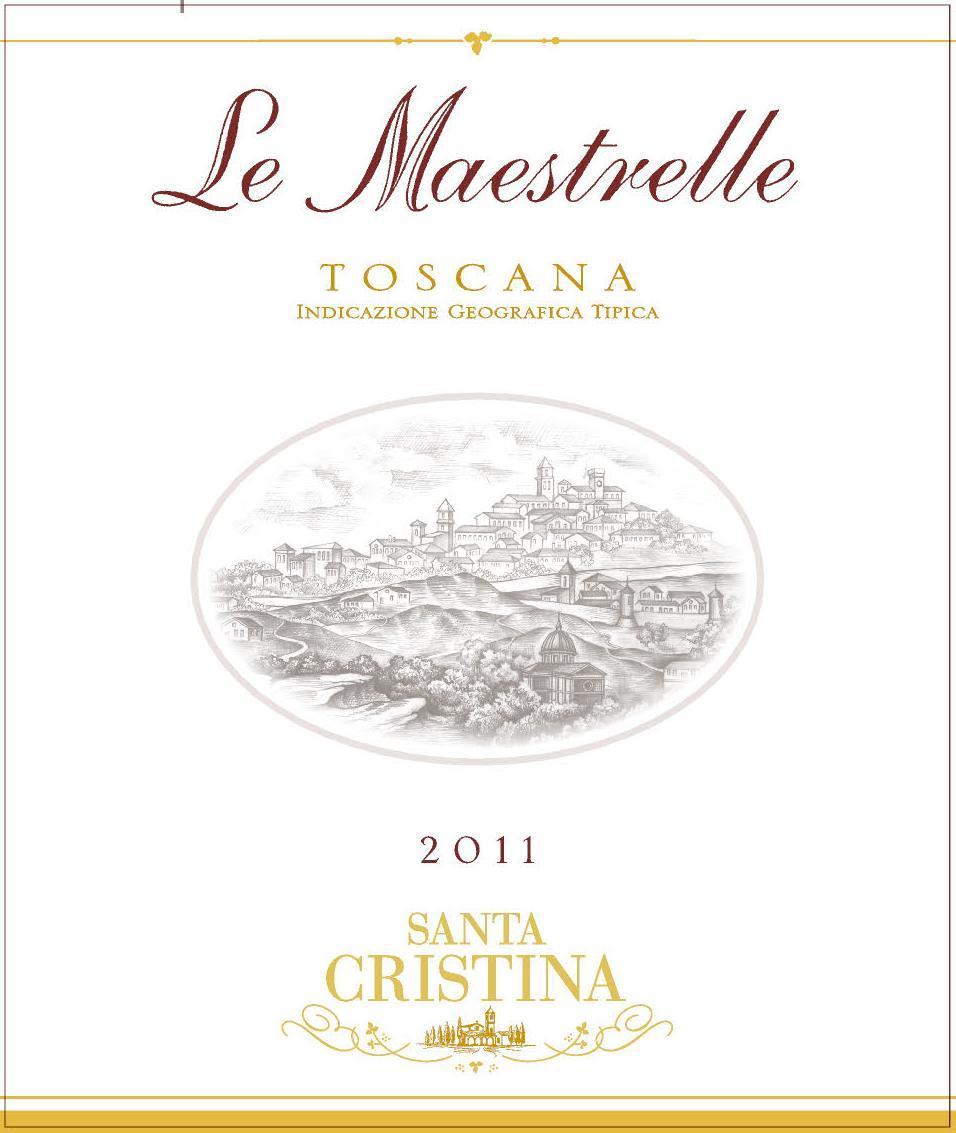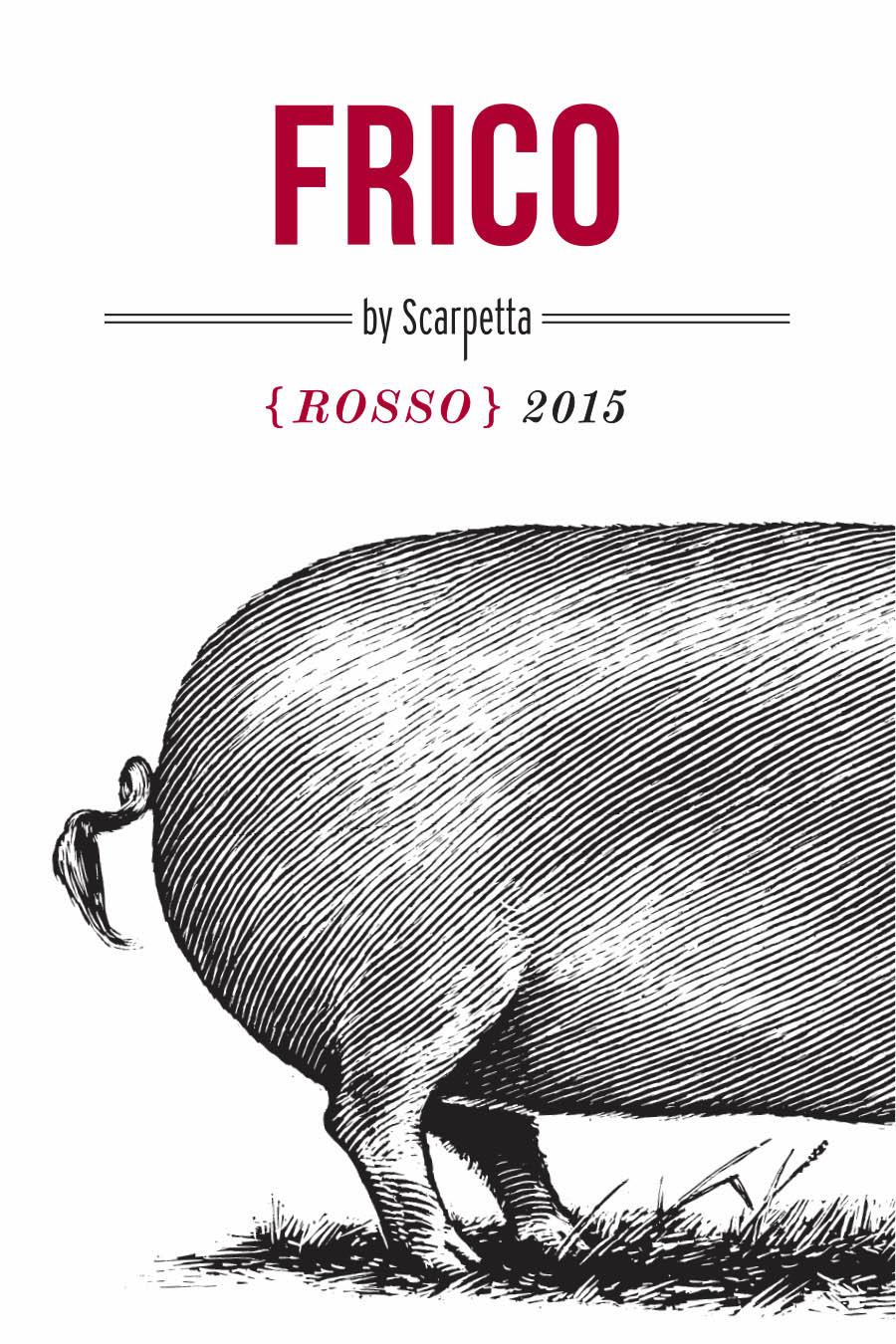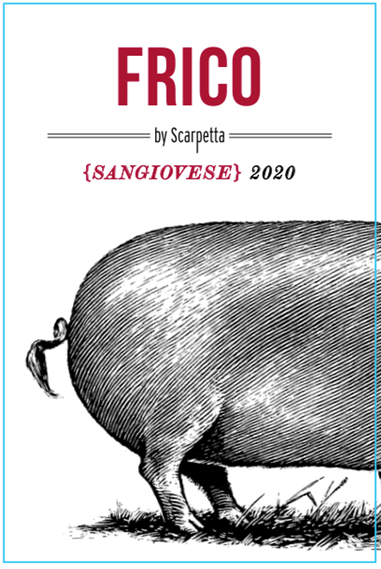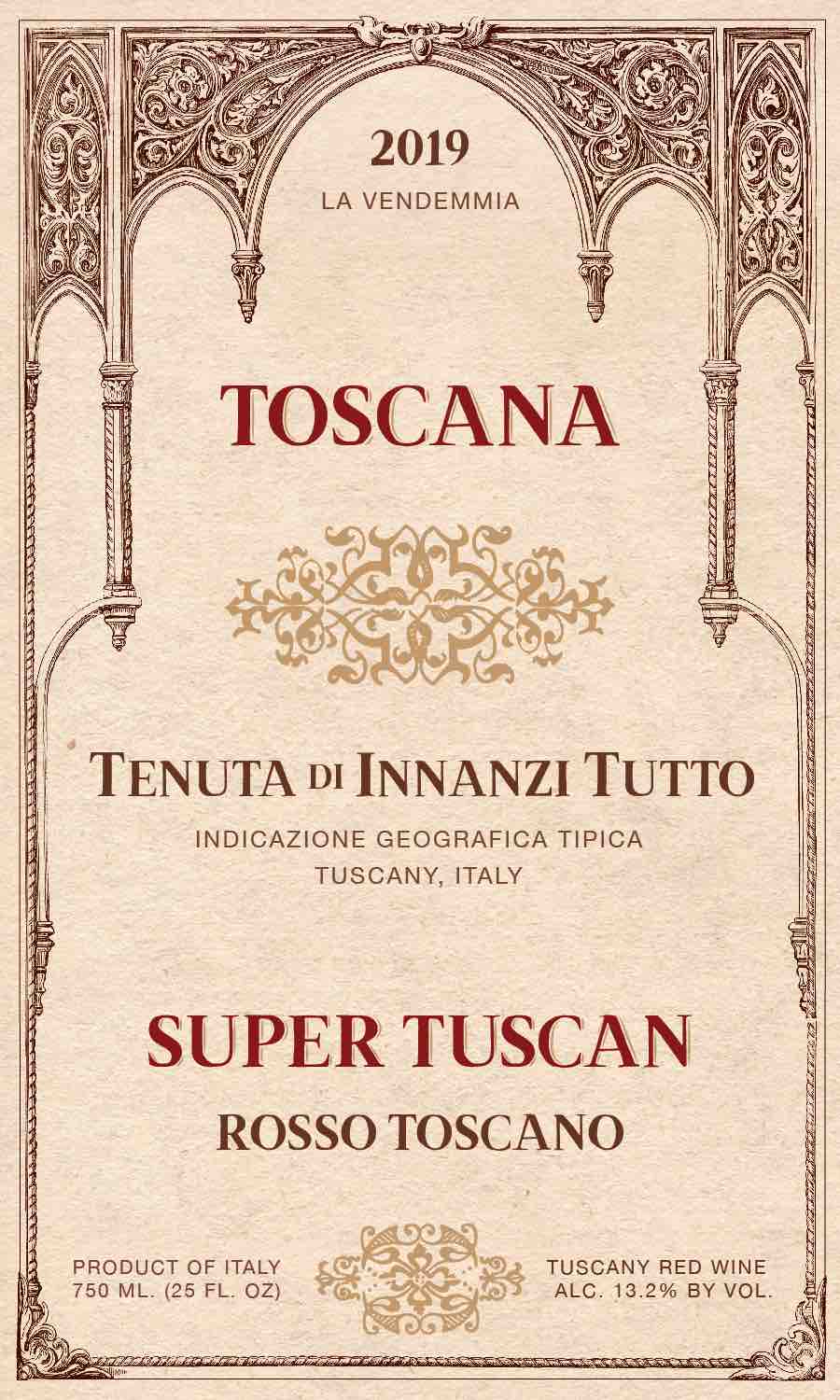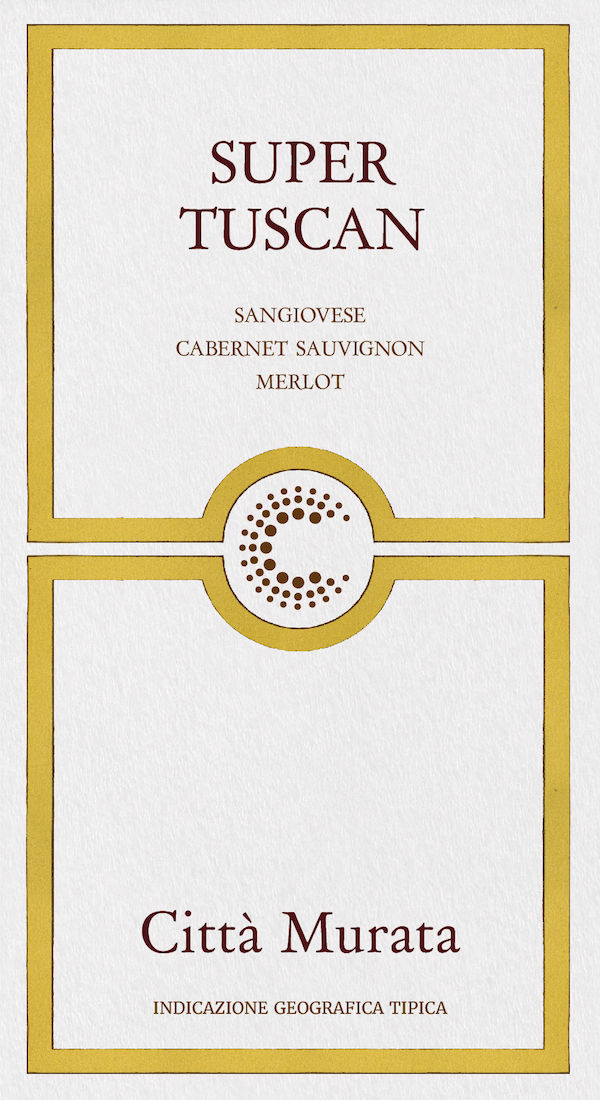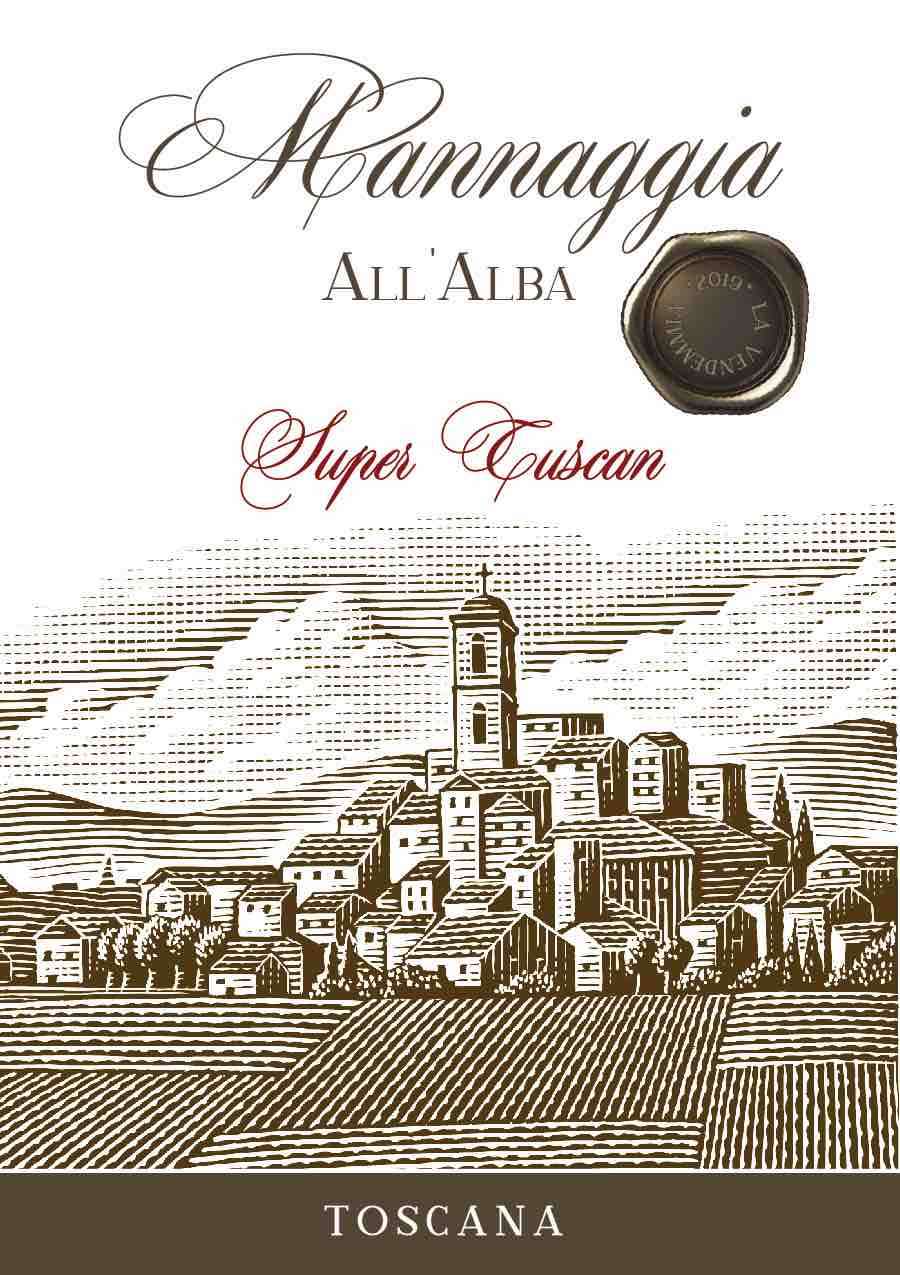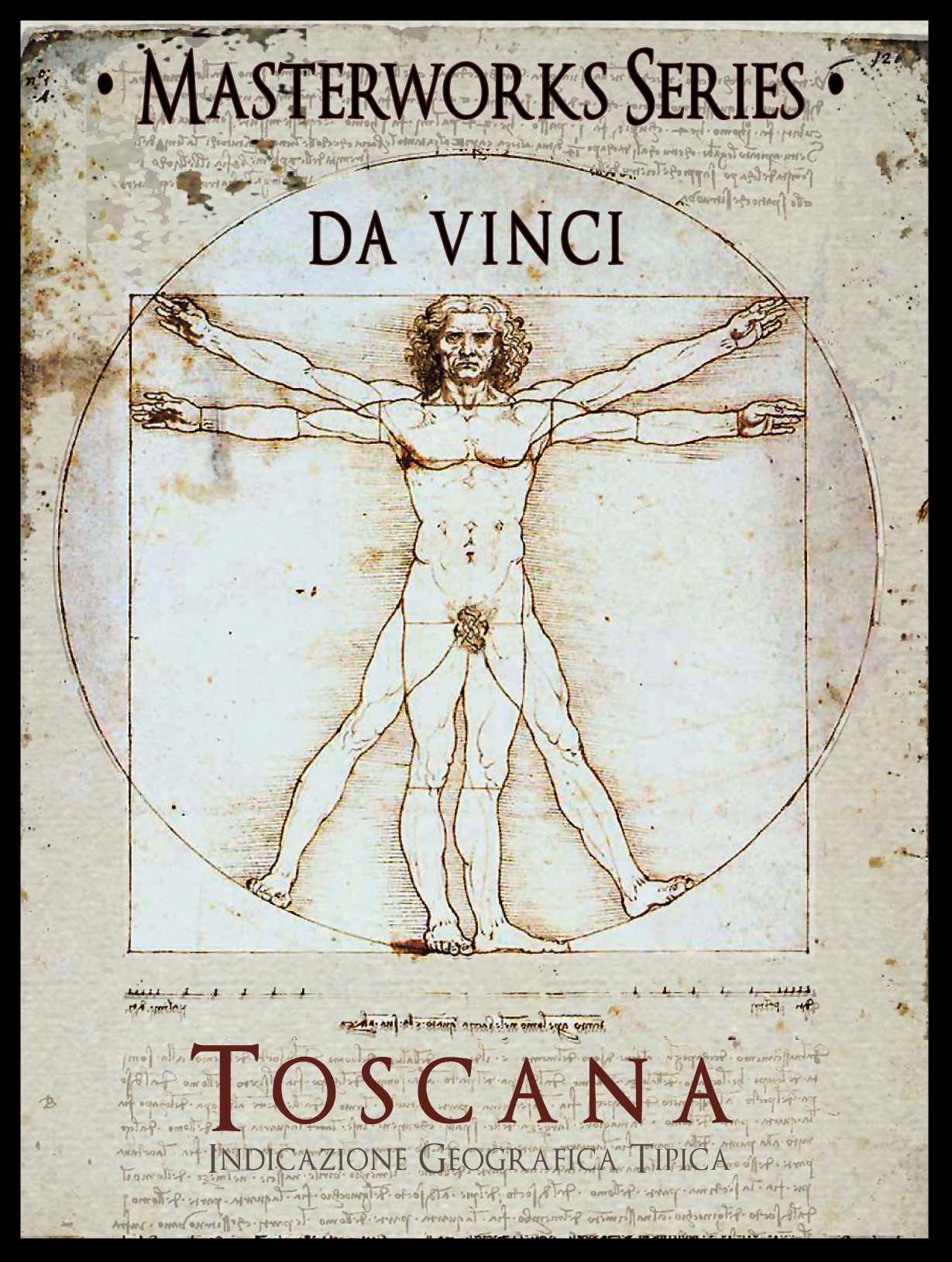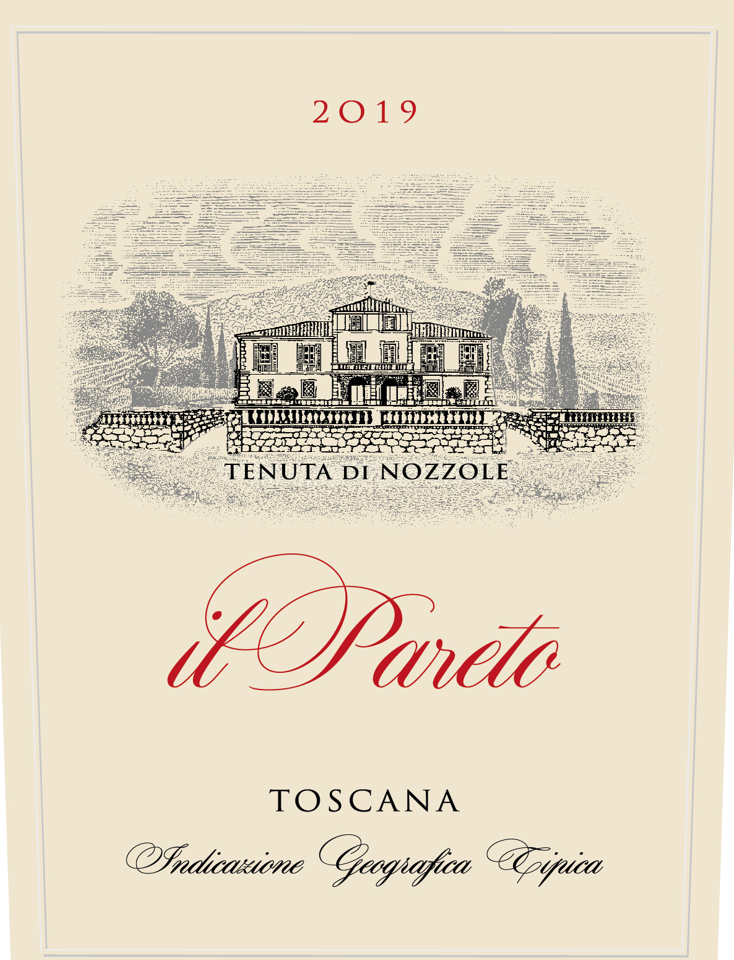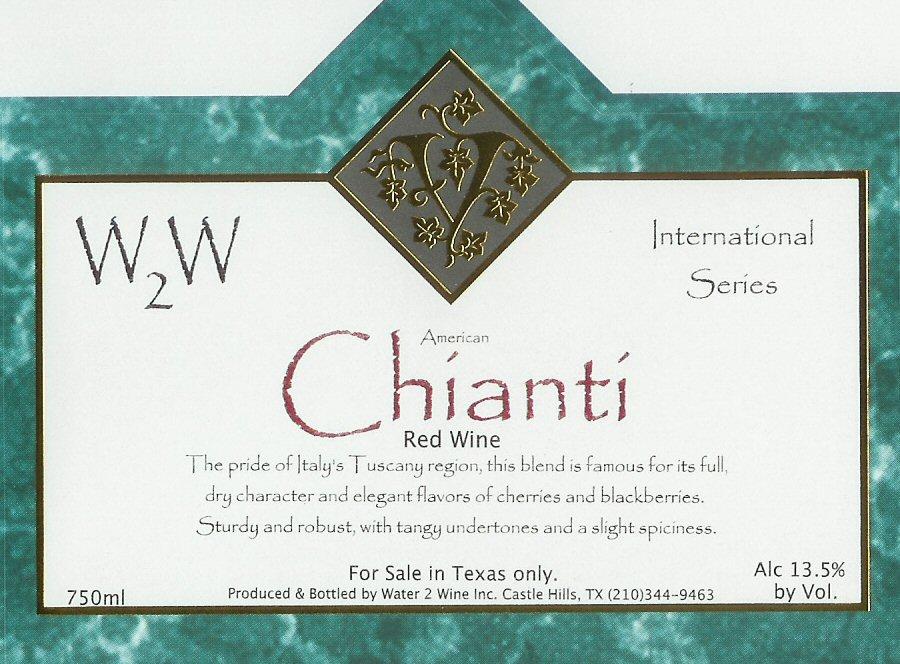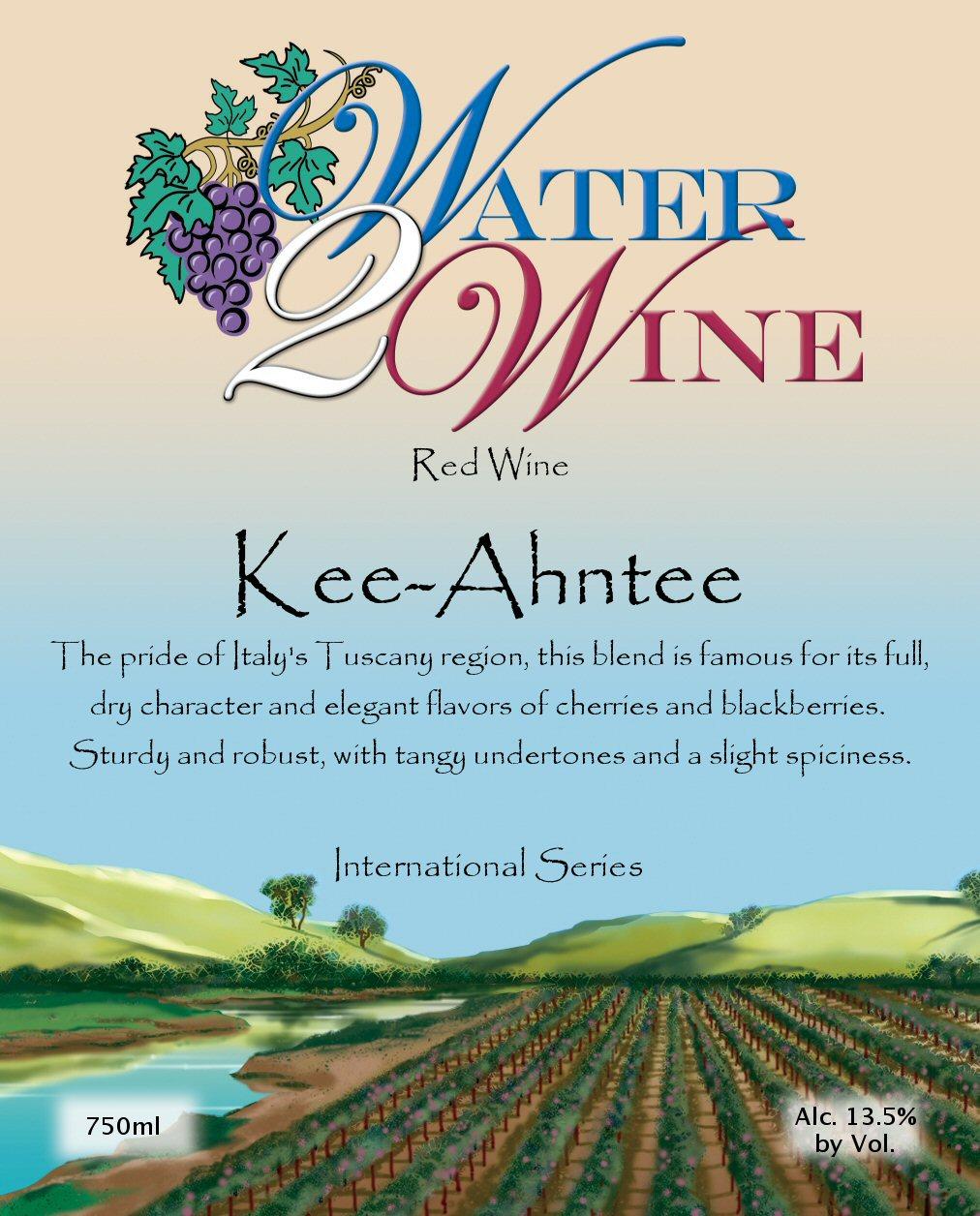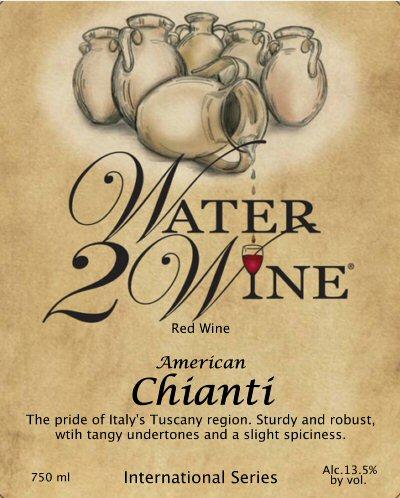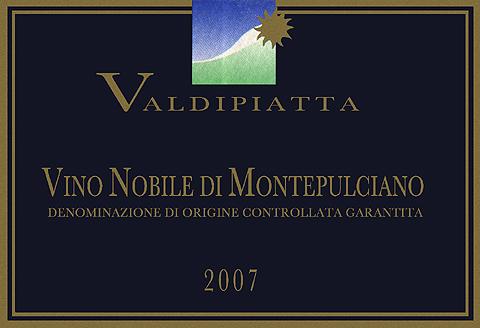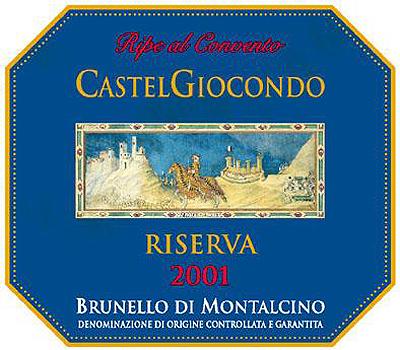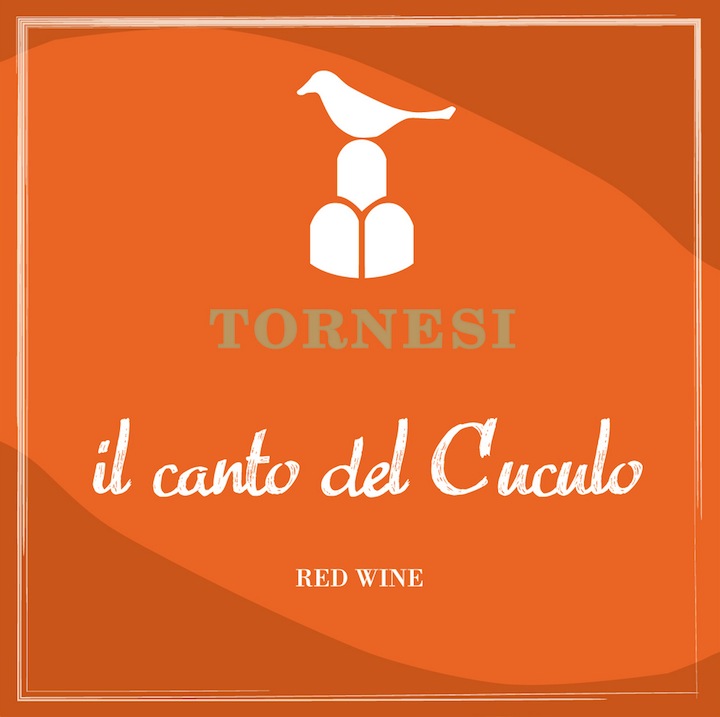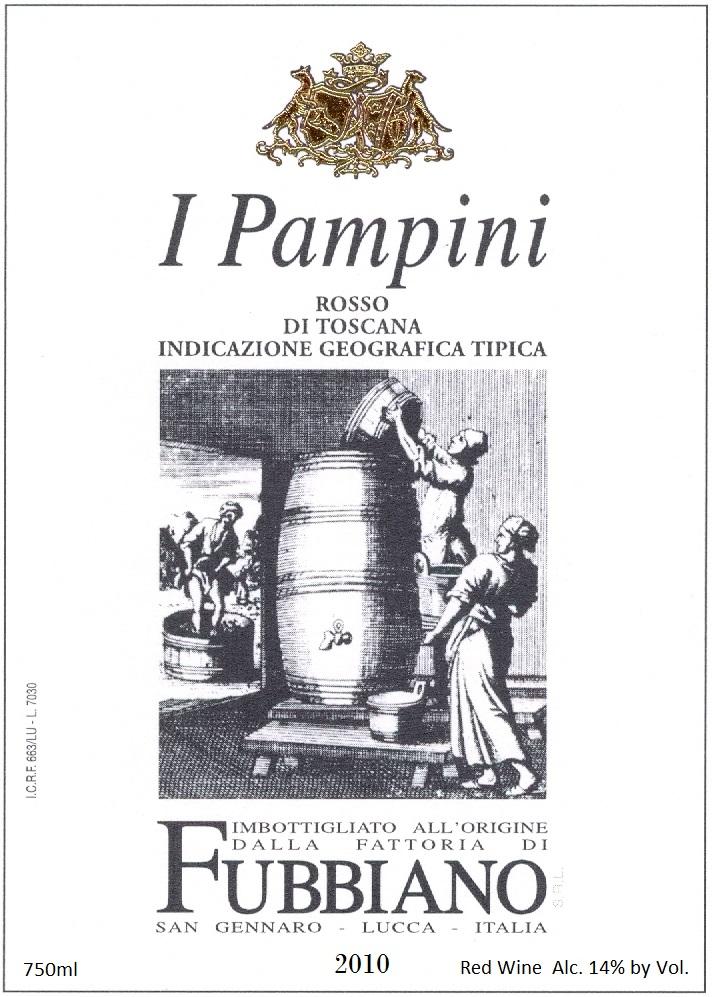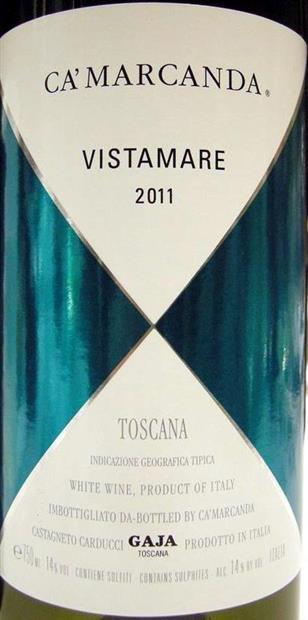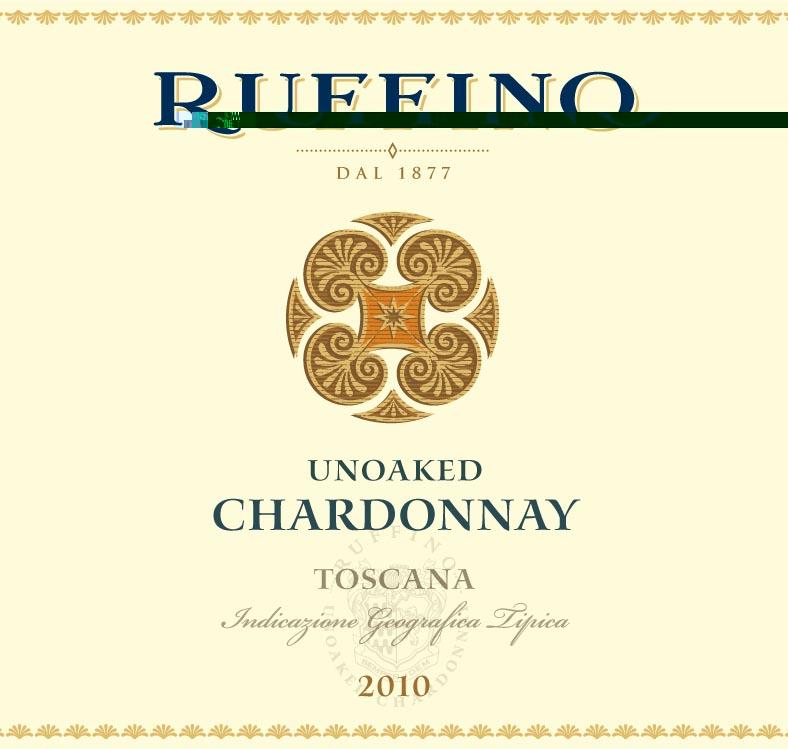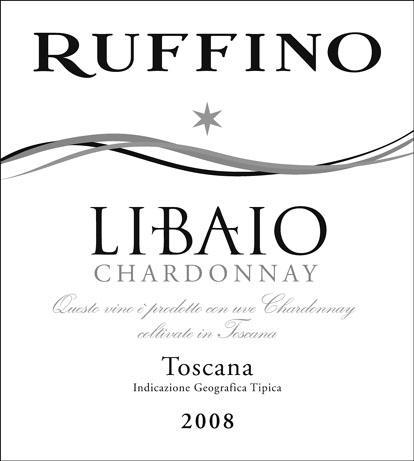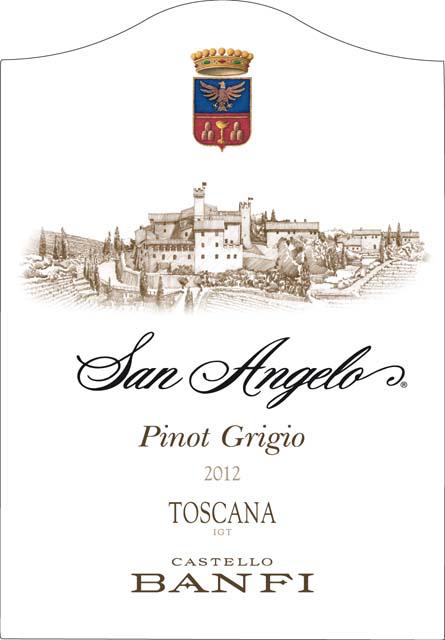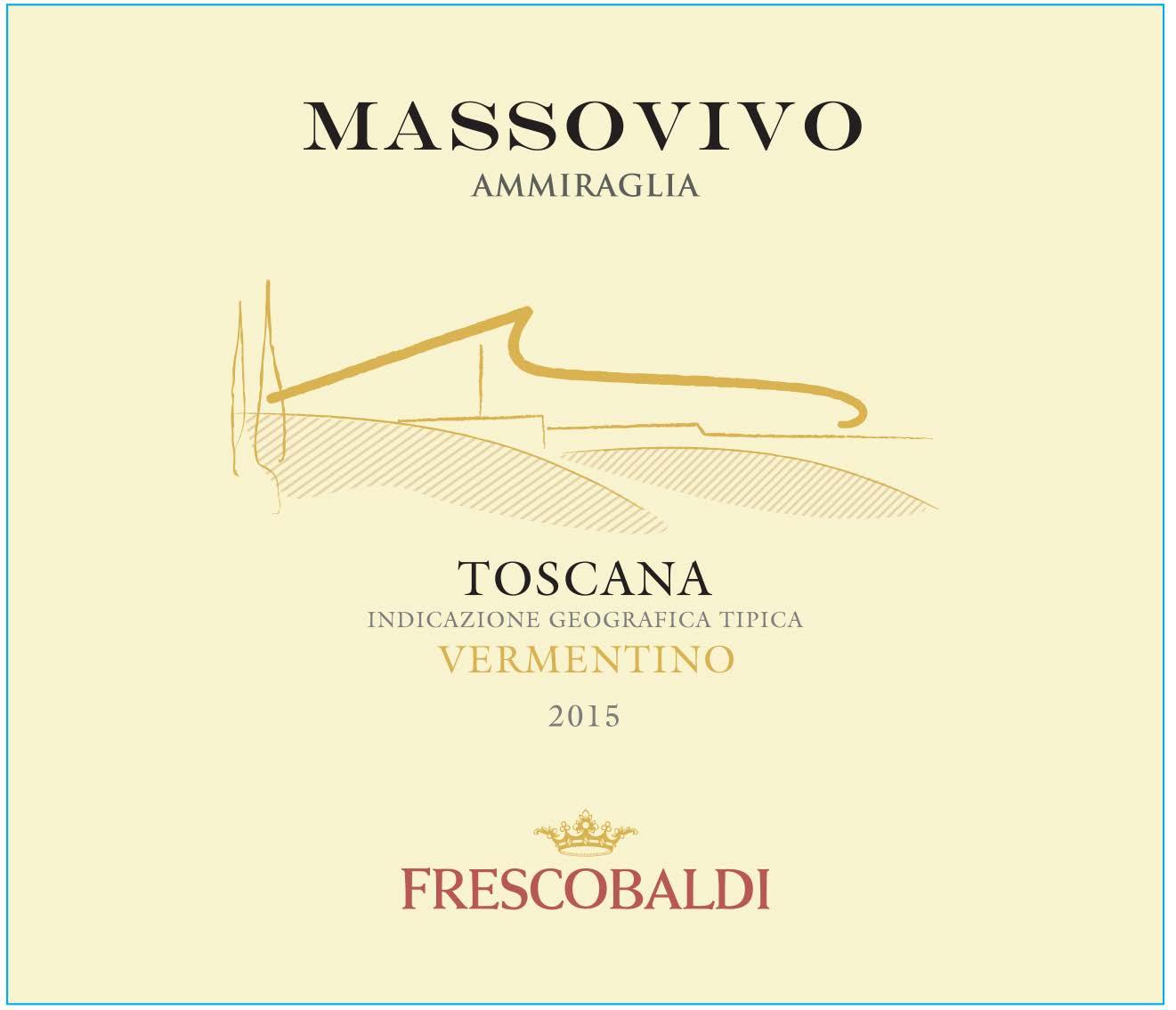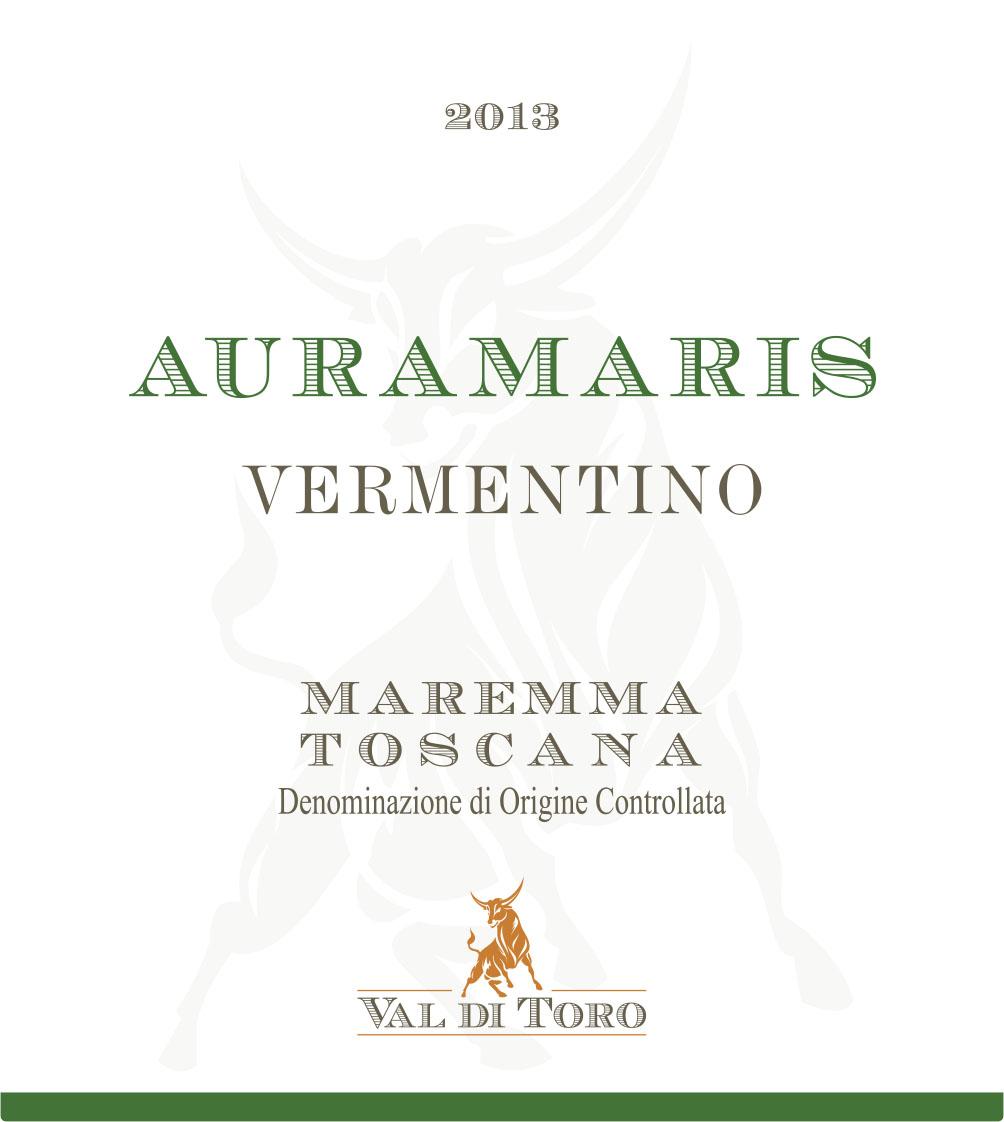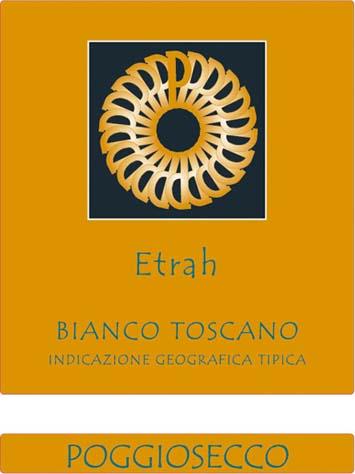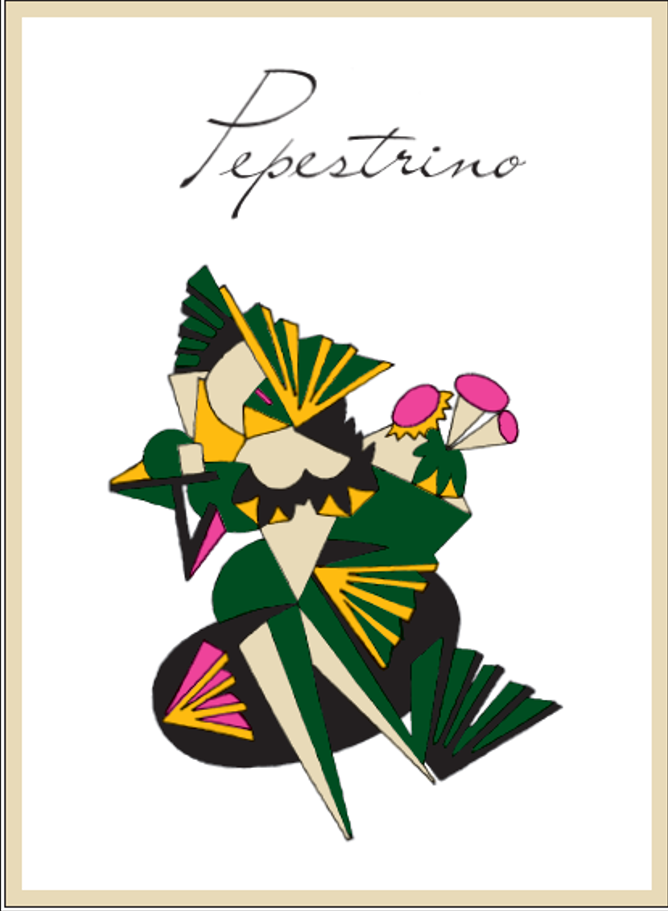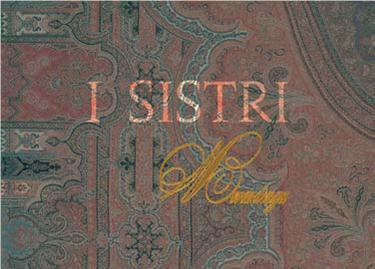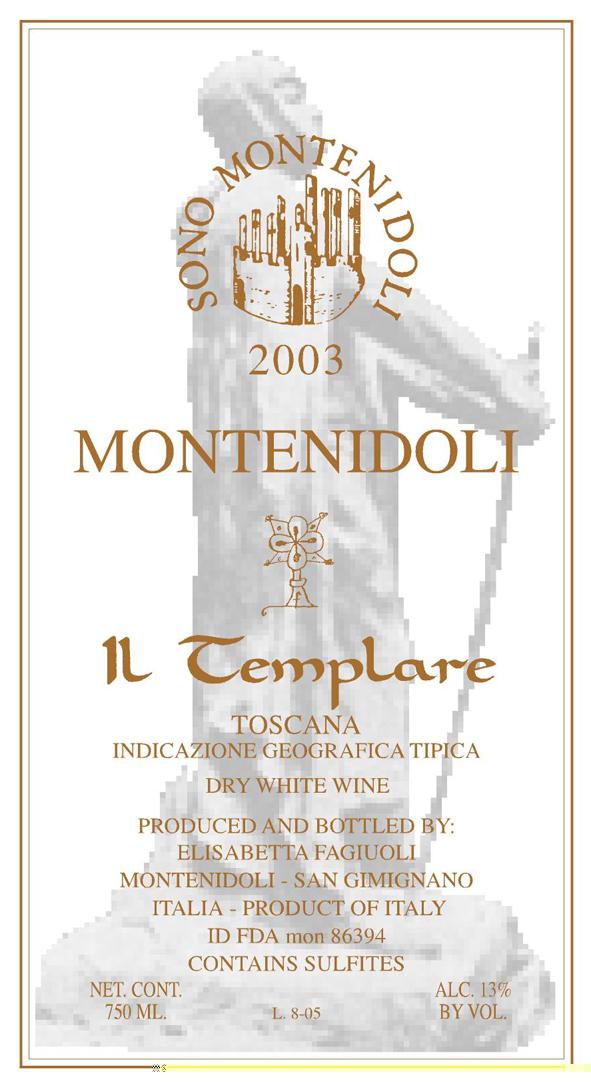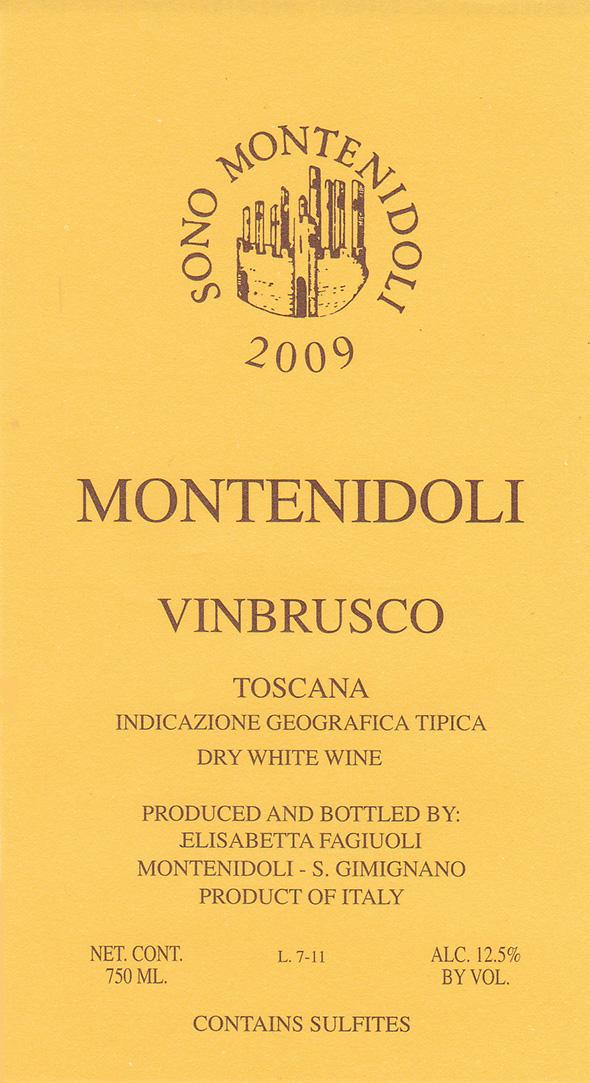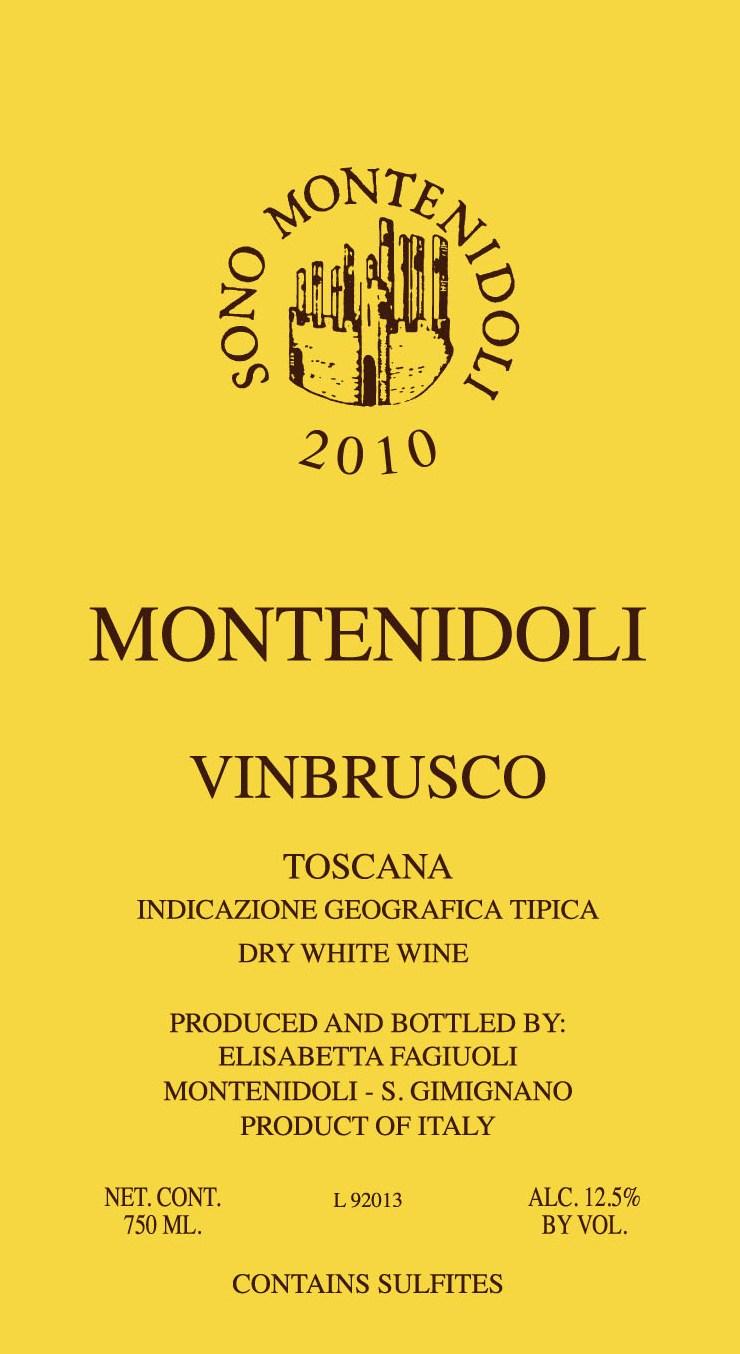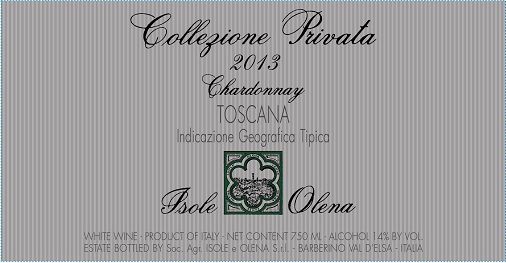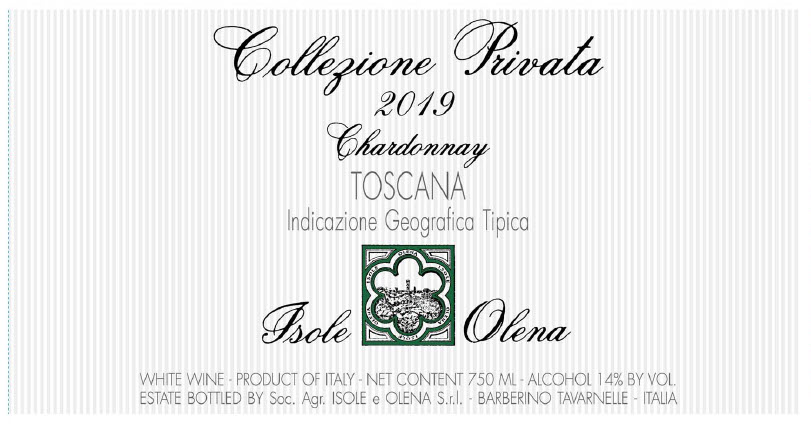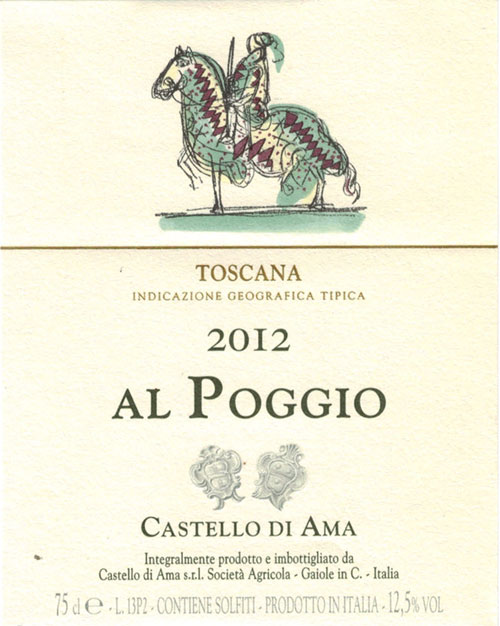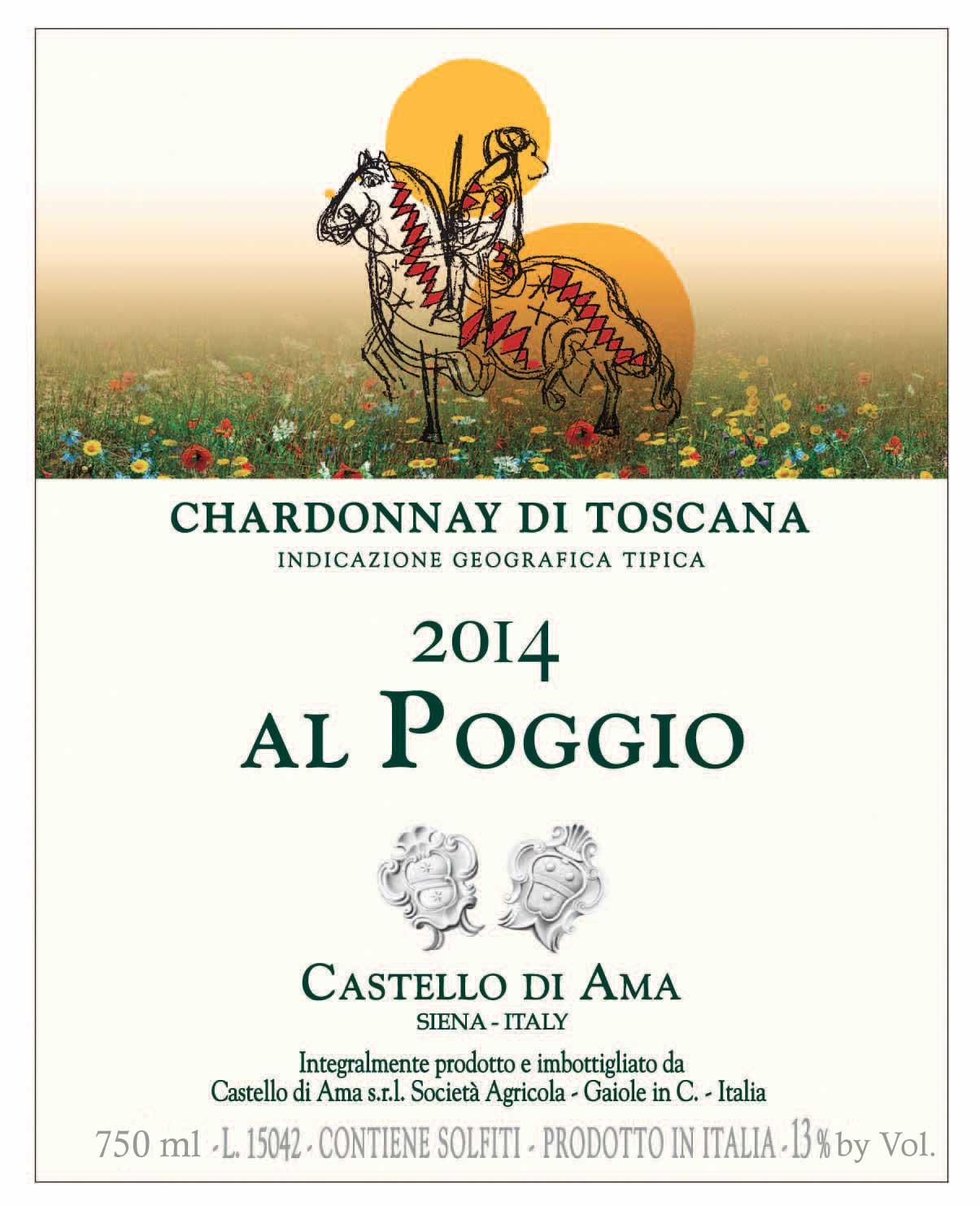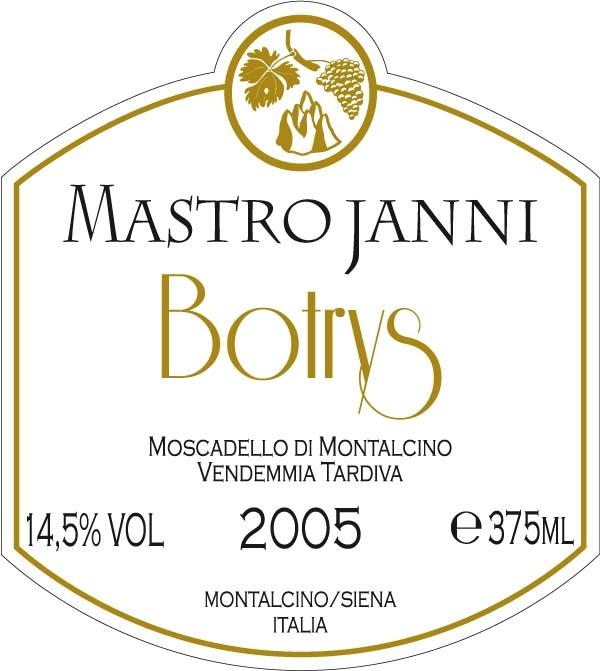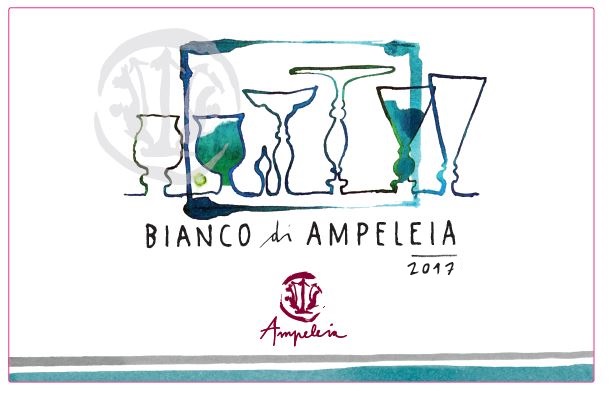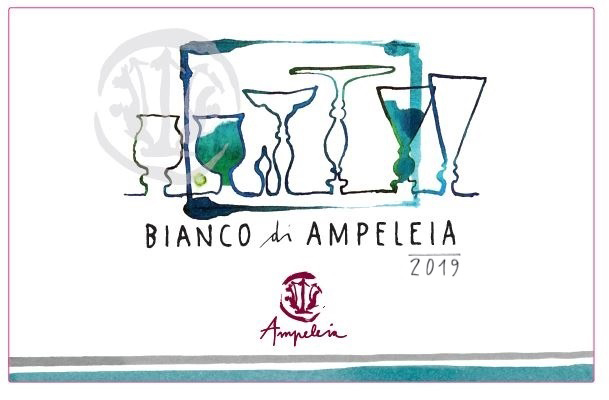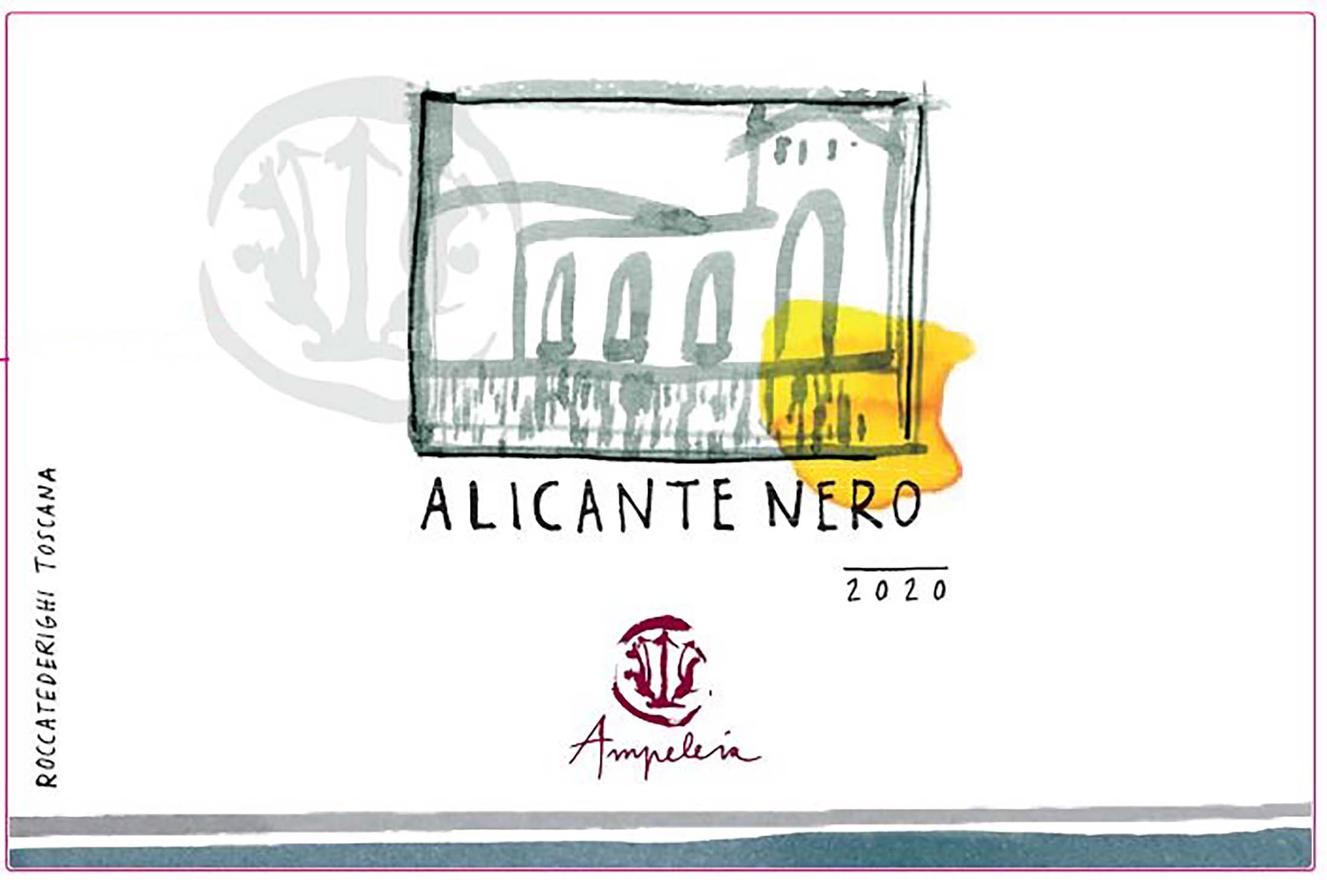Terroir of Tuscany
Tuscany's terroir is a harmonious mix of Mediterranean climate, varied geography, and diverse soils, contributing to its exceptional wines. The region enjoys warm, sunny summers and mild winters, with significant temperature differences between day and night, especially in hilly areas. This climate allows grapes like Sangiovese to mature slowly, preserving acidity and enhancing flavor complexity.
The rolling hills, ranging from coastal plains to elevations up to 564 meters in Montalcino, create numerous microclimates, each producing distinct wine profiles. Soils vary significantly—Chianti Classico features Galestro and Alberese, ideal for structured Sangiovese, while Montalcino combines limestone, clay, and volcanic elements, enhancing Brunello's complexity. Bolgheri's gravelly and sandy soils are perfect for Bordeaux varieties, while San Gimignano's limestone-rich sands give Vernaccia its crisp character.
Notable Wineries in Tuscany
Tuscany blends centuries-old wine dynasties with modern trailblazers setting new trends in the industry. Here are a few notable wineries:
-
Marchesi Antinori: With over 600 years of history, the Antinori family helped pioneer the Super Tuscan movement with iconic wines like Tignanello.
-
Marchesi de' Frescobaldi: This noble family oversees several key estates, including Castelgiocondo in Brunello and Castello Nipozzano in Chianti Rufina.
-
Barone Ricasoli: Known as Italy's oldest winery, it's credited with creating the original Chianti formula at Castello di Brolio.
-
Biondi-Santi: Famous for crafting Brunello di Montalcino, this estate is a symbol of Italian wine prestige.
These estates showcase Tuscany's blend of tradition and innovation, producing wines that reflect the region's unique terroir and rich history.
Sustainable Winemaking in Tuscany
Tuscany is at the forefront of Italy's sustainable wine movement, with many winemakers adopting organic, biodynamic, and eco-friendly practices. This shift is driven by a respect for tradition and a commitment to addressing climate change. Some leading wineries have become pioneers in this effort, focusing on creating self-sustaining ecosystems that avoid synthetic chemicals.
Sustainability extends beyond farming, with wineries emphasizing biodiversity and minimal intervention in winemaking. Native yeasts are used for fermentation, and sulfites are reduced to highlight the grape and terroir. Programs like the VIVA Sustainable Wine, initiated by the Italian Ministry of Environment, guide wineries in enhancing sustainability across carbon footprint, water usage, farming practices, and socio-economic impact. This dedication shows Tuscany's strong commitment to both environmental and social responsibility, ensuring future generations can enjoy its rich winemaking heritage.
Wine Tourism in Tuscany
Tuscany is a haven for wine tourism, offering a rich tapestry of experiences for enthusiasts. The region's official wine routes, such as the Strada del Vino Chianti Classico, guide visitors through iconic areas, showcasing the scenic beauty and historic charm of towns like Greve and Radda.
Festivals play a crucial role, with events like the Expo del Chianti Classico in September and Benvenuto Brunello in November, celebrating the region's winemaking prowess. Wineries enhance the experience with guided tours, tastings, and culinary classes, allowing visitors to delve into Tuscan traditions.
Agriturismo stays offer a rustic charm, inviting guests to immerse themselves in the countryside. Whether through guided tours or self-directed exploration, Tuscany provides an engaging and educational journey into its vibrant wine culture, deeply rooted in history and evolving with modern sustainability efforts.






